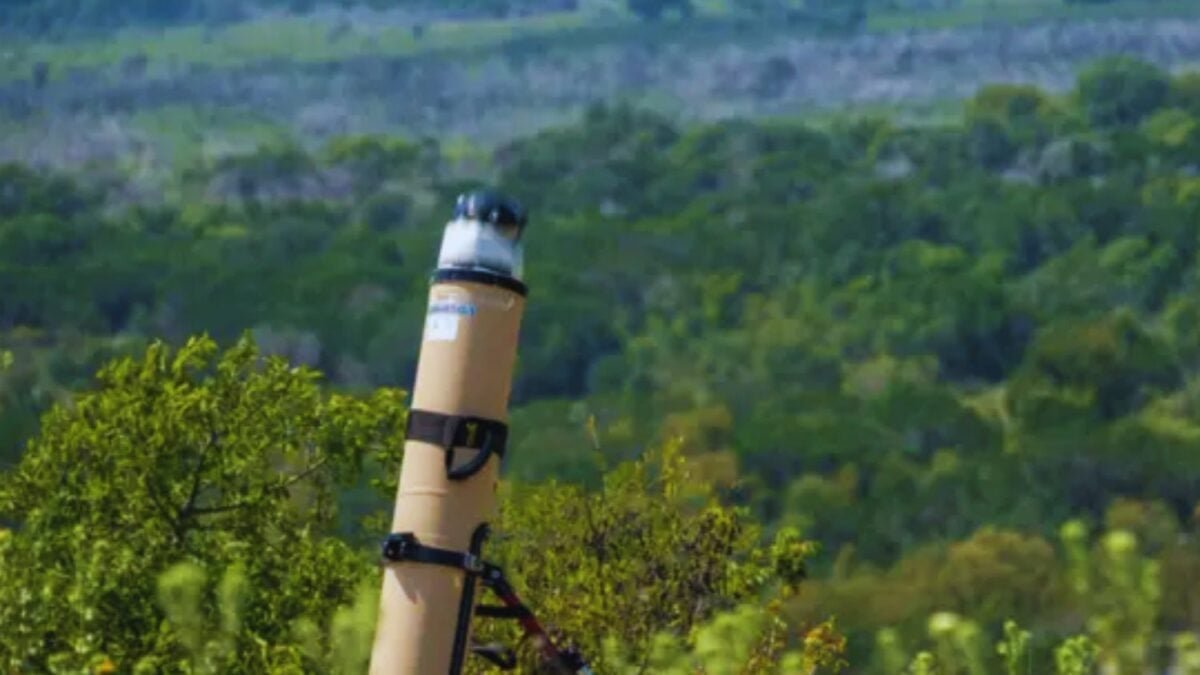Texas test suggests new era of combat: US Army deploys kamikaze drone with mid-flight target selection

Warfare is evolving beyond traditional measures such as tanks and jets. Recently, the 1st Cavalry Division of the US Army conducted the first test of the Switchblade 600 in Fort Cavazos, Texas. This guided munition combines the surveillance capabilities of a drone with the firepower of an anti-armor missile, aiming to enhance the reach of brigades.
### What is Switchblade 600
The Switchblade 600 is categorized as a “loitering” munition, also known as a kamikaze. It weighs 34 kg, spans a meter and a half, and boasts a range of 43 km. Notably, it can operate for up to 40 minutes like a reconnaissance drone, providing real-time images to the operator before striking the target with a Javelin-type warhead effective against armored vehicles. Captain Jeffrey Weller succinctly described it as “a remote-controlled missile that flies like a drone until it reaches the target.”
### Why it’s different from other weapons
The Switchblade 600 stands out not only due to its compact size and power but also for its capability to abort the attack mid-flight. This feature allows the operator to cancel the mission and reposition the munition upon detecting changes in terrain or potential collateral damage, offering unprecedented flexibility compared to conventional missiles. Thus, it functions as a hybrid between surveillance and attack, crucial for operations prioritizing precision and lethality.
### Lessons of modern warfare: From Ukraine to Texas
The development of the Switchblade 600 reflects insights gained from recent conflicts, particularly in Ukraine, where drones transitioned from mere surveillance tools to active combat participants. The utility of loitering munitions and improvised drones demonstrated the advantage of striking beyond enemy lines without jeopardizing troops. Consequently, the US Army aims to extend the coverage of its armored brigades by 5 to 15 km beyond their usual range, enhancing protection in vulnerable areas.




